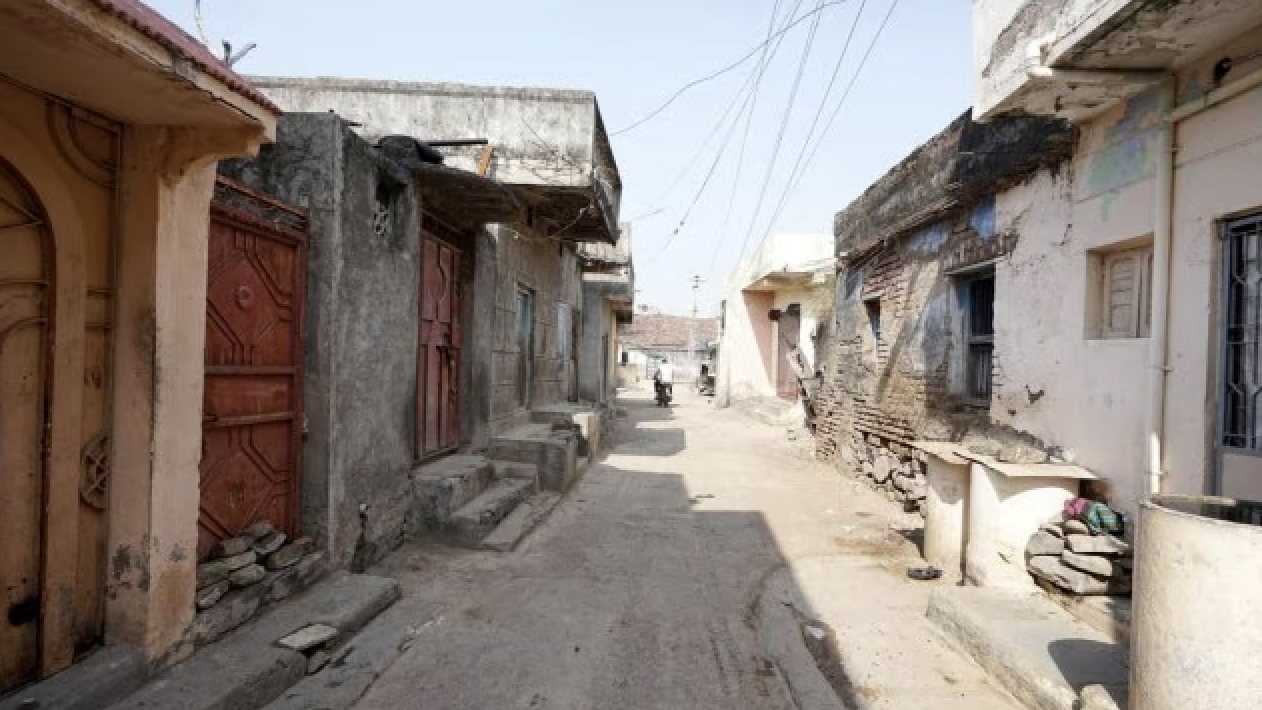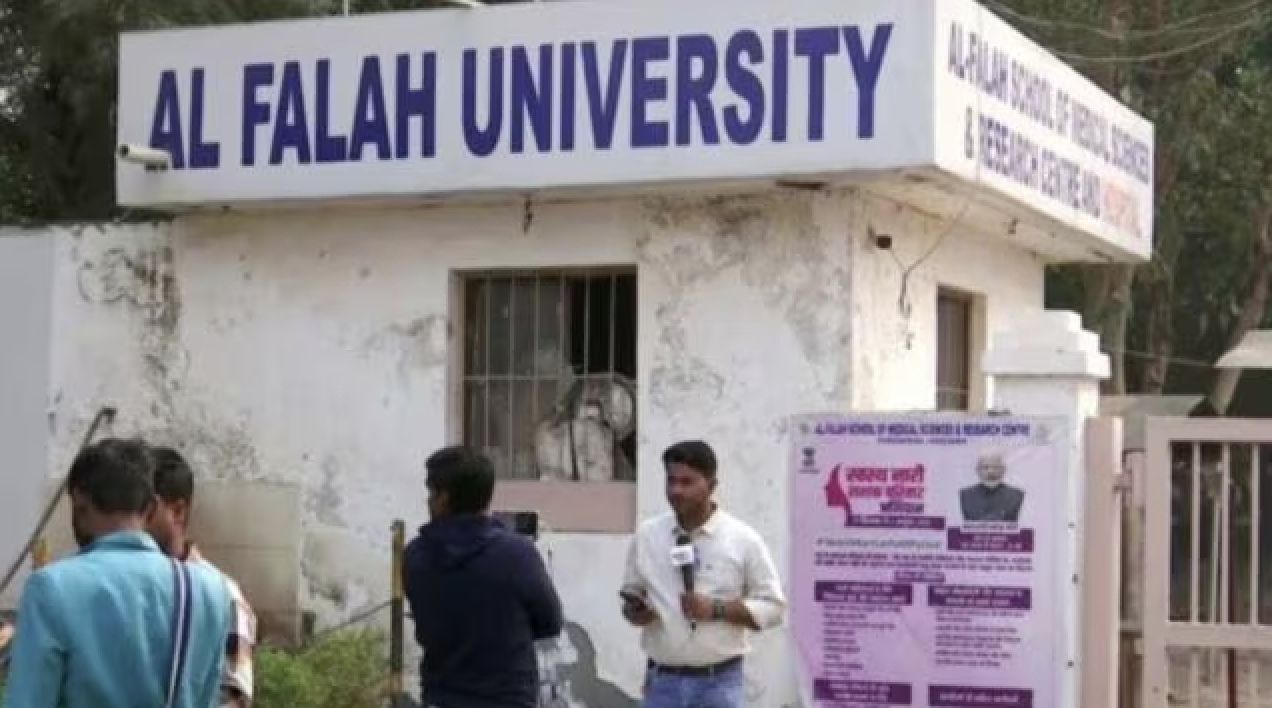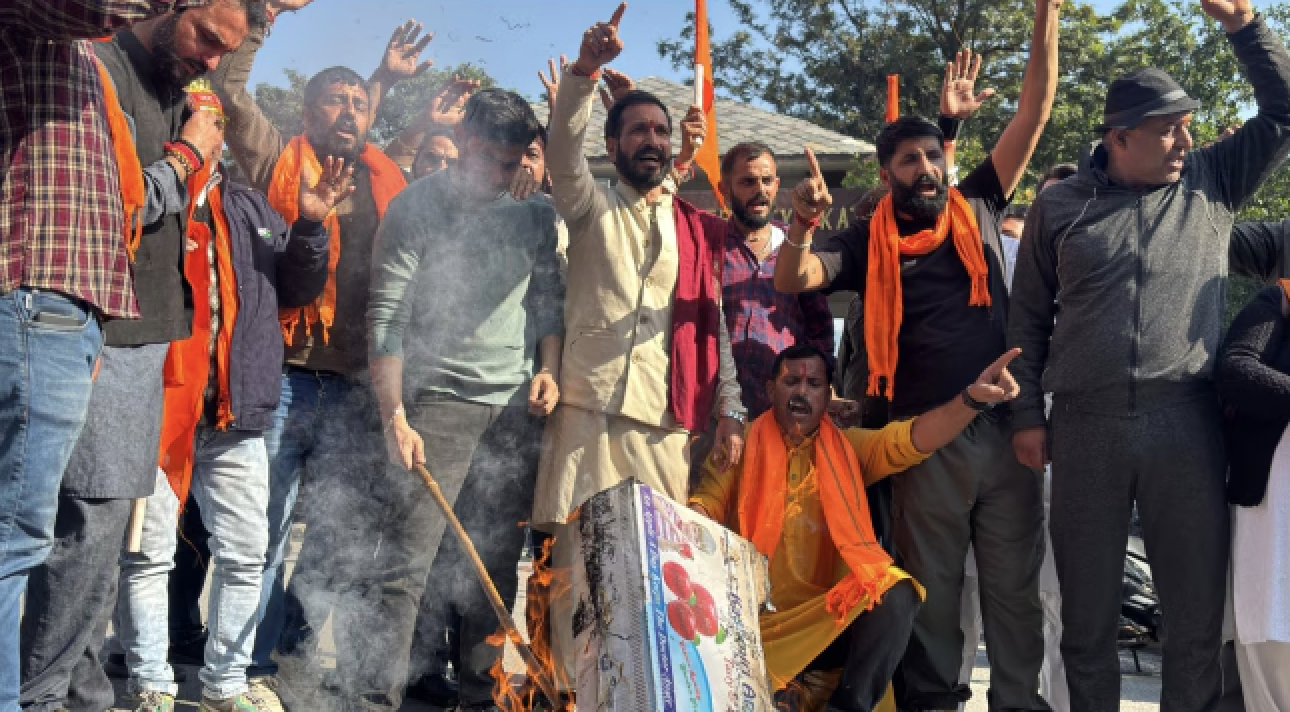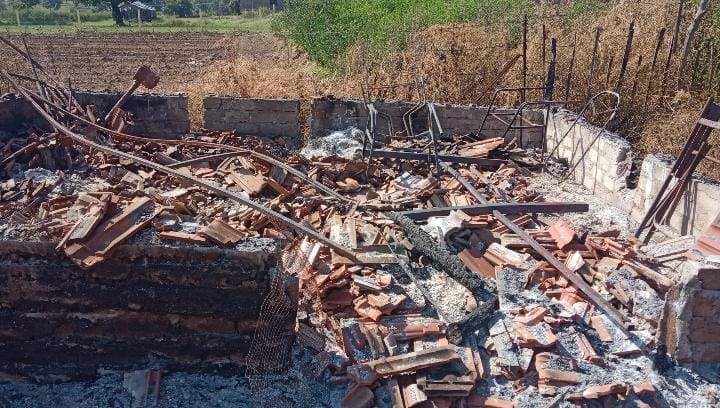
By Saurabh Sharma
India’s oldest and controversial legal battle of the Ayodhya-Babri title suit came to an end on Saturday, as the Supreme Court paved the way for construction of a Ram Temple, asking the Centre to form a trust for the same. Even as the apex court order acknowledged the fact that demolition of Babri Masjid in 1992 was a crime, the verdict has failed in providing any relief to the survivors of the riot that had followed the demolition.
According to the media archives and government records, 12 Muslims were killed and four are still missing in the aftermath of the demolition, in Ayodhya. Most of these cases were recorded from the Katra locality, which still has a dominant population of the Muslim community.
The NewsClick team visited Katra, which had seen one of the deadliest massacres of the independent India. The path leading to the locality has been named ‘Shaheed Gully’ or martyrs’ lane by the residents—who reportedly saw their ancestors die during the communal riots.
Situated at a stone’s throw from the site, where Babri mosque stood once, the Katra locality is now home to about 17 Muslim families and they still mourn the death of their loved ones.
IN THE QUEST OF ‘JUSTICE’
While passing through the Shaheed Gully, we came across Mohammad Wazeer, a vegetable vendor in his late 40s. Wazeer told NewsClick that he is happy with the Supreme Court verdict.
“I am very happy with the decision of the Supreme Court and with the construction of the temple, I am hopeful that peace will be restored in the town and the decade-old uneasy calm separating the Hindu and Muslim communities will come to an end,” said Wazeer, who was well-dressed for Eid-Ul-Milad-Nabi.
He added, “I was about 12 years old when the Babri mosque was demolished by the karsevaks. I did not see it with my eyes. All I remember is the ruckus and how my father was running here and there to save our lives. I lost my father to the riot.”
“My father had asked my mother to take the kids to the police outpost, and had told us that he will meet us there. But that was the last time we saw our father. We later found out that he was hacked to death by a mob,” said Wazeer with tears rolling down his cheek.
“We have not been given justice. Where is the justice? We have lost all our hopes,” he added.
The vegetable vendor who was born and brought up in Ayodhya says that the family received Rs 2 lakh as compensation, but nothing was done to rehabilitate the families.
‘TAKE RS 4 LAKH, BUT RETURN MY FATHER’
Abdul Aziz, another man in his early 50s, who also works as a vegetable vendor, told NewsClick that his father, too, was killed by the rioters.
He said, “The situation was so tense in the town that even the administration failed in containing it. We were running for our lives and my father was killed.”
“My father was in the lane adjacent to the mosque while others were hiding at safer places. My father was attacked in that lane and I saw him being burnt alive by them [rioters], but we were so helpless that we could not save my father,” said Aziz.
He added, “Compensation of Rs 2 lakh was given to us, but we also received taunts from the members of the Hindu community. I told my wife that if someone talks about the compensation again, just ask them to take Rs 4 lakh from us, but give us back my father in return.”
“These memories will be gone only with me. I continue to remember those incidents every day.”
“I accept the decision of the Supreme Court, but I am not happy with it,” said Aziz.
Mohammad Zaheer, a cable operator and a resident of the Katra locality said that his father’s elder brother has been missing since the riots.
“First, they brought the mosque down and then they announced that not a single Muslim will be left in Ayodhya. We saw a huge mob coming to Ayodhya and every Muslim family was trying to hide from them. My father’s elder brother had sent us all to Faizabad, as he felt that we would be safe there.”
“We left Ayodhya on December 6 and have been waiting for my Bade Abbu since then. According to the police records, he is still missing and has not been declared dead. But a few of the elderly people who were in Ayodhya at that time say that he was killed and burnt. The remains were thrown into the Saryu river,” he said, frowning.
Suman Gupta, a senior journalist who was based in Ayodhya then, said that the mobs had started gathering in Ayodhya on November 25, 1992 itself [ahead on the demolition in December 6, 1992]. “However, the Muslims felt assured that nothing will happen to them as adequate central paramilitary forces were already stationed in Ayodhya, but then 16 people (12 killed, four missing) were killed in the riots,” said Gupta.
This story first appeared on newsclick.in





